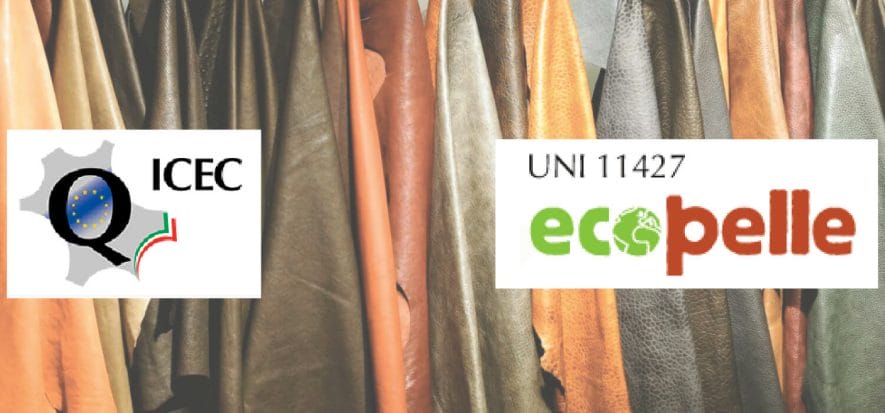The standard on which it is based is UNI 11427. Its objective is “product certification of leathers with reduced environmental impact”. Shortly put, we are talking about Ecoleathers: the real one. Not the one boasted in marketing terms by too many (alleged) alternative materials. A certification that allows a tannery to boast the Ecoleathers logo and that is issued by ICEC. And the Quality Certification Institute for the Tanning Industry explains to us how and why this certification is gaining more and more interest.
Growing interest
Today, holders of the Ecoleathers certificate are the Venetian tannery Faeda; the Tuscan leather factories Gi-Elle-Emme, CMC International and Bisonte; Only Frank from Solofra. The list, however, is particularly fluid. ICEC, in fact, reports that some other tanneries have started the certification process, and others are close to doing so. After all, explains Sabrina Frontini, ICEC director, “this standard is currently in high demand by some luxury brands, as they ask tanneries to purchase products whose environmental impact is controlled according to the parameters contained therein”.
ICEC explains how and why
In detail, the “Ecoleathers” label allows you to communicate to your customer – explains ICEC – the minimum product and process requirements, envisaged by the standard to be able to call true ecological leather, ecoleathers or similar terms. This certification is applicable to any type of finished leather and for any intended use”. And it results from an extensive evaluation of leather. In other words, ICEC points out, “its production is understood to be evaluated starting from raw leather from the beginning of the tanning production process to the finished product, ready to be shipped for use in the manufacturing industry”.
Upgrading phase
The standard on which Ecoleathers is based undergoes an upgrading phase too. “The current version dates back to 2015 – concludes ICEC -. It is being reviewed at UNI, taking into account any updates”. For example, in relation to the “limits resulting from the introduction of new types of alternative tanning”.
Read also:
- ICEC is the reference point for Italian chemists after ZDHC accreditation
- The Amazon, ICEC certifies hides by Italia and Poletto tanneries
- Sustainability Report 2020, leather enters the European Green Deal











